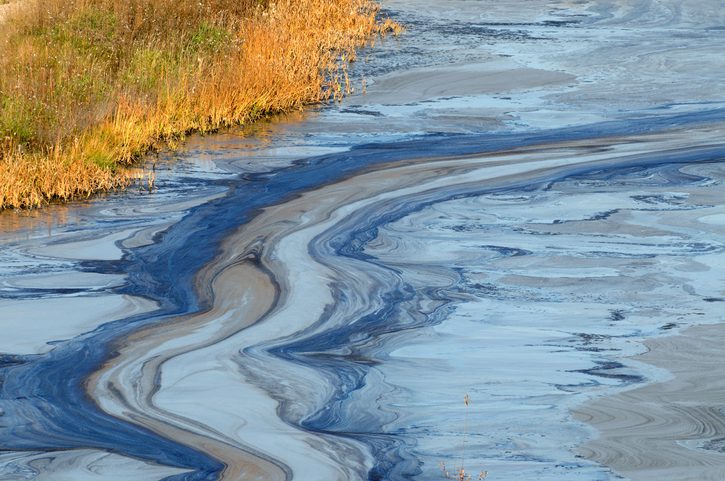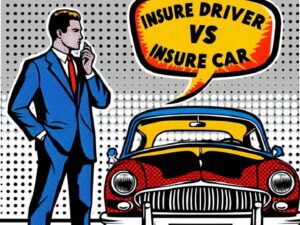Survey Lessons Learned: Oil Pollution

Authored by British Marine Staff Surveyor Anthony Gardner
As part of our Loss Prevention service, British Marine conducts numerous risk assessment surveys of insured vessels each year. These surveys aim to reduce incidents that lead to claims and allow us to gather the data of regularly occurring hazards.
The results give us the opportunity to provide specific advice on the risks identified, alongside offering recommendations for improvements.
Emergency Planning
The Shipboard Oil Pollution Emergency Plan (SOPEP) or Shipboard Marine Pollution Emergency Plan (SMPEP) is mandatory for the respective classes of vessel – but unfortunately, some vessels are found with the required emergency plan missing, inadequate, or wrongly approved.
The SOPEP or SMPEP should be approved by the current flag state or recognised organisation (RO). If there is a change in management of the vessel, the plan needs to be re-approved.
The plan should be ship specific and be realistic in the guidance it provides to the vessel’s crew in the case of an operational oil spill or spill resulting from casualty. It must be in the working language of the vessel.
While a SOPEP/SMPEP is only mandatory for certain vessels, we expect that all vessels have a demonstrable emergency plan in the case of oil spills occurring. It is self-evident that having a plan will result in a quicker and more efficient response to a spill. Having no plan will result in confusion and a delayed emergency response.
The list of national contact points should be maintained up to date, noting that an updated list is produced on a quarterly basis and is available here:
https://www.imo.org/en/ourwork/circulars/pages/cp.aspx
Anti-Pollution Equipment
A stock of anti-pollution equipment appropriate to the vessels trade should be provided in a clearly marked locker or compartment. This equipment should be treated with the same importance as other emergency equipment and should be stored in a readily deployable manner.
The anti-pollution gear should be inventoried, and stocks maintained. Regular checks must be undertaken to check that the condition, functionality, and quantity of material remains acceptable.
When engaged in higher risk activities (cargo discharge or bunkering, for example) consideration should be given to pre-positioning equipment on site, to reduce the time taken to access it in the event of a spill.
Anti-Pollution Exercises
The crew should conduct drills at suitable intervals, depending on the vessel’s trade. Many oil/chemical tankers conduct a drill monthly, whereas non-tankers more commonly conduct the exercise on a quarterly schedule.
Owners should pick a frequency that is most appropriate and allows for onboard and shore staff to gain an understanding of the actions required should a spill occur.
Records should be maintained, and the scenarios should be as varied as possible.
Bunkering
There should be a bunkering procedure, supplemented by a checklist. Hard copies of the completed checklists should be retained for an appropriate period onboard.
This procedure should act as a minimum requirement and cover the following points in relation to spillage prevention:
Confirm sufficient space is available in each bunker tank nominated for loadingCalculate maximum filling volume in each nominated tankConfirm communication methods between bunker supplier and person in charge of bunkeringMake arrangements for emergency stopAgree on maximum rate of transfer, particularly for start of transfer and topping-offEstablish the method of connection and disconnection of hoses – including any draining methodIssue instructions on drawing samples of the received bunkersDocument the procedure for changing over loading tanksGauge frequency, including that of any tanks not being loaded – always being aware of the possibility of valve leakageReturn the system to normal operation.
The bunkering pipeline should be pressure tested at least annually and records maintained. Details of the test pressure and date of test should be stencilled on the pipeline/manifold.
Any manifolds not in use should be fully blanked/capped.
Scuppers, freeing ports, and other deck edge openings should be securely plugged during bunkering.
Consider putting these arrangements in place during each port or anchorage stay as an additional layer of protection against spills to sea.
Save-alls and drip trays
Drain plugs should be purpose made and ideally tethered to the adjacent structure to prevent loss when removed. Drain plugs should always be in place, and only removed to allow controlled draining under supervision of a crew member.
It is important that any liquids in the save-alls or drip trays are kept to a minimum. Similarly, material should not be stored within the save-alls or drip trays. Both conditions can reduce the available capacity and increase the chances of a spill occurring.
To speak to someone at British Marine about this article CLICK HERE




